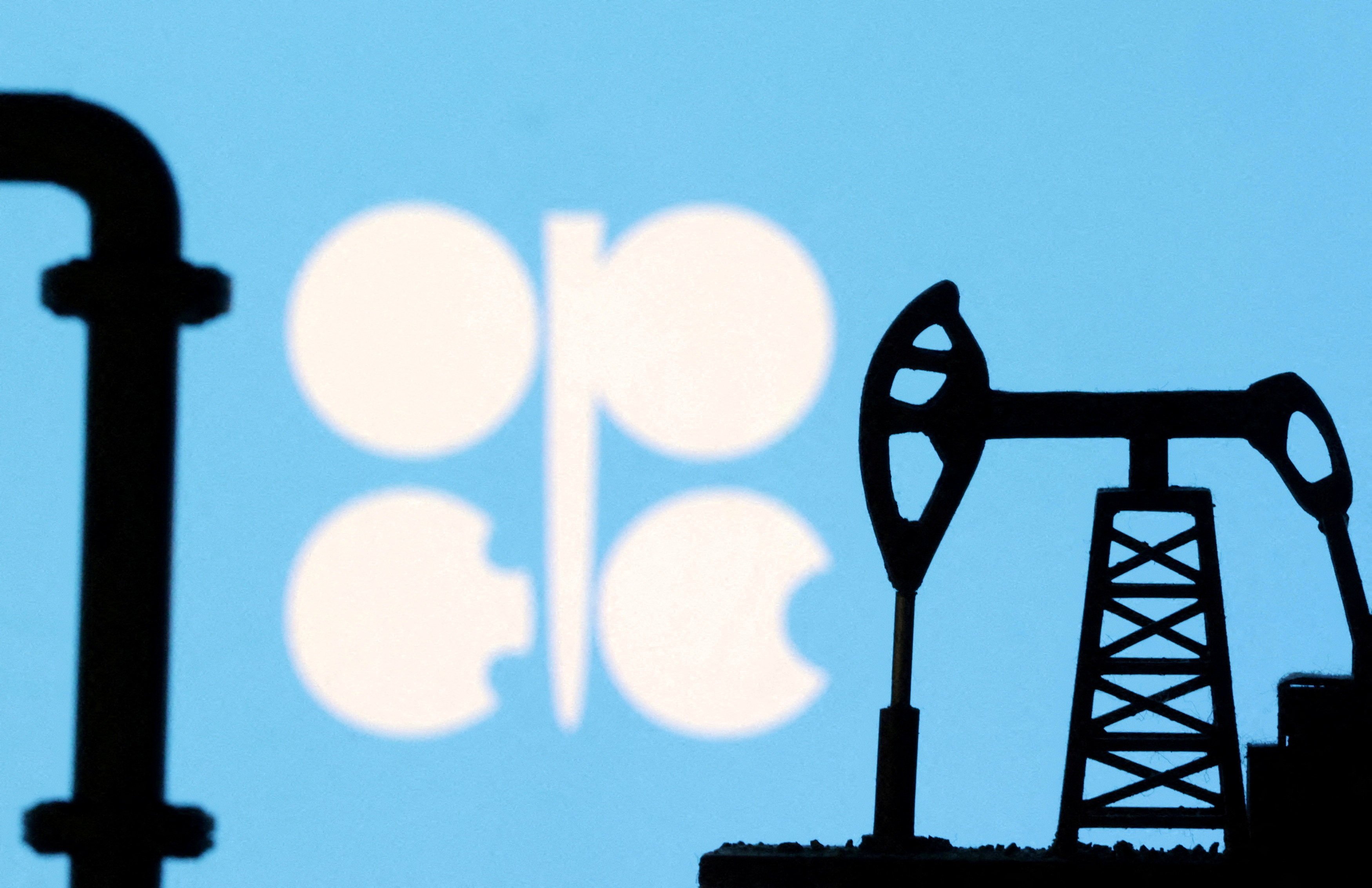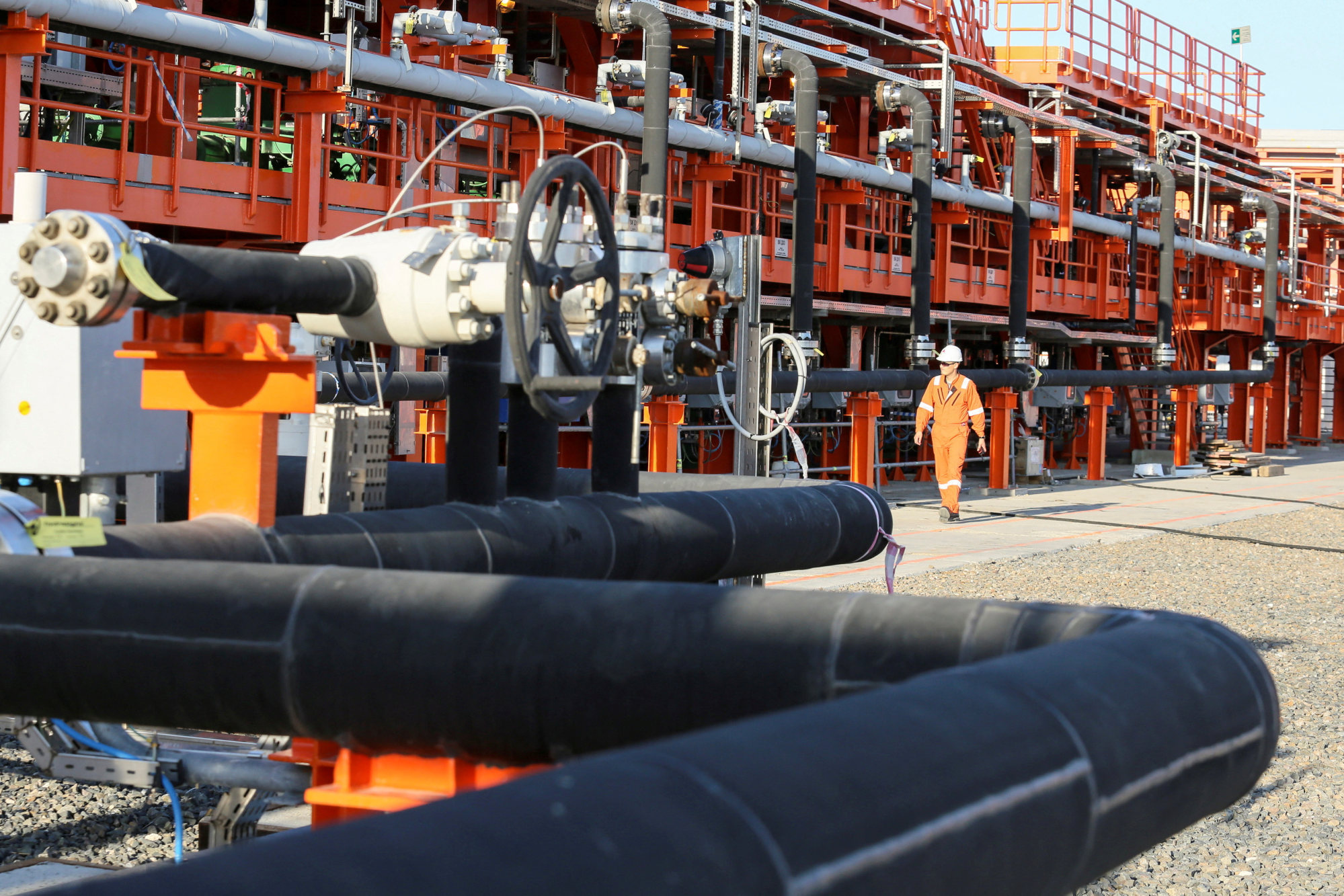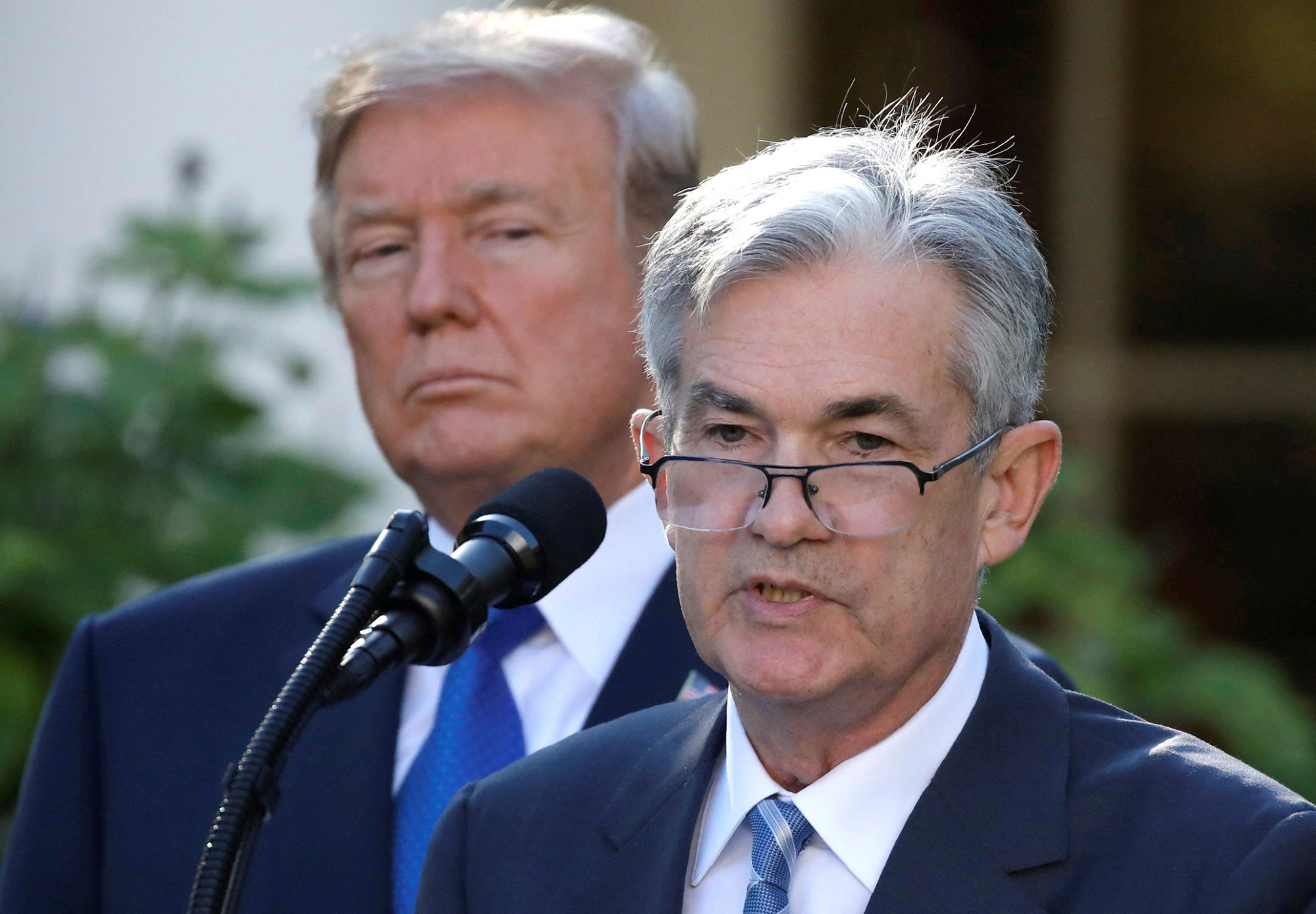Asia hopes for cheaper oil as Opec boosts output – but trade doubts linger
For import-reliant Asia, the Opec+ output rise is a welcome development. Markets are still on edge over US-China trade uncertainty, however

A surprise decision by Opec+ to accelerate production increases is fuelling hopes of cheaper oil across import-reliant Asia – but analysts warn the move could backfire, with deepening US-China trade tensions and persistent geopolitical uncertainty threatening to suppress demand just as global supply expands.
The oil producers’ cartel announced last weekend that it would raise output in June by 411,000 barrels per day, marking its second consecutive monthly increase. This brings the total production increase since April to 960,000 barrels per day – reversing 44 per cent of the supply cuts the group had imposed since 2022, according to Reuters.
The decision caught market watchers off guard, coming amid a gloomy global economic outlook. Trade talks between Washington and Beijing have shown little sign of progress, and with the two powers set to meet in Switzerland this weekend, hopes for a breakthrough remain dim.
For Asia, the world’s largest oil-importing region, the prospect of lower prices could provide some relief. Many Asian nations lack domestic oil supplies to meet the soaring energy demands of their growing economies and analysts say cheaper oil could help ease growing economic pressures.

Benchmark Brent crude prices dropped to a four-year low of less than US$60 per barrel on Monday following the Opec+ announcement. By Friday afternoon, prices had edged slightly higher, trading at US$63 per barrel during Asian trading hours.
Frustration over Opec+ members exceeding production quotas partly drove the cartel’s recent decision, observers say. Countries such as Kazakhstan had signalled that they would prioritise domestic needs over production discipline.
“I think they [Opec] are also probably succumbing to pressure from [US President] Donald Trump,” said Gnanasekar Thiagarajan, founder of Commtrendz Research. Trump, he explained, appears determined to drive oil prices lower to combat inflation.
“It may help him push the US Federal Reserve to lower interest rates,” Thiagarajan added.
The Federal Reserve, meanwhile, kept its benchmark interest rate unchanged last week, saying that officials would continue to study the economic fallout from Trump’s global tariffs, which have stoked fears of higher inflation and compounded uncertainty in trade markets.

Oil’s weak price signals also reflect hopes for easing global tensions. Talks of a ceasefire in the Russia-Ukraine war, along with US-Iran negotiations over Tehran’s nuclear programme, had raised expectations that supply bottlenecks might ease, Thiagarajan said.
Trump suggested on Monday that lower oil prices could push Russian President Vladimir Putin closer to a peace deal with Ukraine. Still, hopes for a resolution to that conflict have done little to offset wider market pessimism.
Sanctions, loopholes and Asian demand
US-led sanctions on Russian and Iranian oil have failed to fully curb the flow of either. A G7 price cap on Russian oil, introduced to limit Moscow’s energy revenues, has been undermined by buyers circumventing the restrictions. Russia has continued selling discounted crude to China and India, two of its largest buyers.
“Russian oil keeps flowing to Asia, mostly to India and China this year after the US sanctions,” said Lin Ye, vice-president of oil commodities markets at global consultancy Rystad Energy.
However, logistical challenges and cautious state-owned Chinese refineries have limited imports, with both nations’ purchases falling below their 2024 averages by about 130,000 barrels per day for India and 240,000 barrels per day for China, industry sources say.

Meanwhile, Chinese independent refiners – often referred to as “teapots” – remain the sole buyers of Iranian oil, despite US sanctions, Ye said. “The volume of Iranian oil flows remains at a similar level this year compared with last year, signalling the resilience of the oil flow chain from Iran to China,” she added.
Despite the Opec+ production increase, the oil market’s fundamentals suggest potential tightness between May and August, offering the cartel an opportunity to unwind previous supply cuts, Ye said.
Weaker demand coupled with higher supply could tilt the market into surplus, according to a report from ANZ bank.
“With the trade war worsening, downside risks to oil prices are high. In a worst-case scenario, the price of Brent crude could fall to as low as US$50 per barrel,” the report warned.
Thiagarajan agreed with these projections, predicting oil prices could hover near US$50 per barrel by the year’s final quarter because of lingering trade uncertainties.
Trade tensions add pressure
“Many companies are unsure of how to plan for the future because of the trade tensions,” Thiagarajan said. Trump’s 90-day reprieve on most tariffs – excluding China and a baseline 10 per cent rate applied to all nations – is set to expire in early July, leaving businesses uncertain about what comes next.
“What happens after that is a question to which nobody has the answer,” he said.
Asian nations have been particularly hard-hit by Trump’s tariffs, with countries such as Cambodia and Vietnam facing duties of up to 49 per cent. While the temporary reprieve has provided a brief window for negotiations, businesses remain hesitant to commit to long-term sourcing plans.
This uncertainty is spilling into the oil market, with companies struggling to finalise purchases months in advance to optimise costs. “It means the oil market is tipping towards a surplus at a time when there is not enough demand,” Thiagarajan said.
Falling oil prices could also dampen investment in high-cost extraction projects, such as US shale oil and offshore drilling, analysts warn.
Still, major oil producers are unlikely to allow prices to slide below US$50 per barrel for long, as such levels would threaten their revenues. A fresh round of production cuts could be on the horizon if prices breach that threshold.